7 start with D start with D
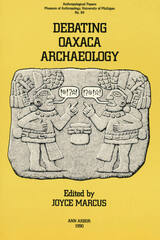
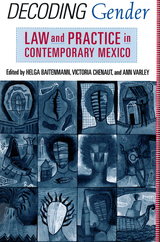
By bringing new interdisciplinary perspectives to issues such as the quality of citizenship and the rule of law in present-day Mexico, this book raises important issues for research on the relationship between law and gender more widely.

Striking, inexplicable stories circulate among the people of Nuevo León in northern Mexico. Stories of conversos (converted Jews) who fled the Inquisition in Spain and became fabulously wealthy in Mexico. Stories of women and children buried in walls and under houses. Stories of an entire, secret city hidden under modern-day Monterrey. All these stories have no place or corroboration in the official histories of Nuevo León.
In this pioneering ethnography, Marie Theresa Hernández explores how the folktales of Nuevo León encode aspects of Nuevolenese identity that have been lost, repressed, or fetishized in "legitimate" histories of the region. She focuses particularly on stories regarding three groups: the Sephardic Jews said to be the "original" settlers of the region, the "disappeared" indigenous population, and the supposed "barbaric" society that persists in modern Nuevo León. Hernández's explorations into these stories uncover the region's complicated history, as well as the problematic and often fascinating relationship between history and folklore, between officially accepted "facts" and "fictions" that many Nuevoleneses believe as truth.
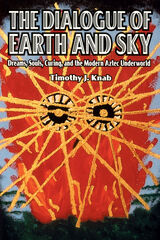
This book describes the basic elements of a belief system that has survived the onslaught of Catholicism, colonialism, and the modern world. Timothy Knab has spent thirty years working in this area of Mexico, learning of the Most Holy Earth and following what its people there call "the good path." He was initiated as a dreamer, learned the prayers and techniques for curing maladies of the human soul, and from his long association with the Sanmartinos has constructed a thorough account of their beliefs and practices.
Learning to recount dreams, forming a dreamtale, and "carrying it on one’s back" to the waking world is the first part of the practitioner’s labor in curing. But dreamtales are shown to be more than parables in this world, for they embody the ethos and cosmovision that link Sanmartinos with their traditions and the Most Holy Earth. Building on this background, Knab describes how the open-ended interpretation of dreams is the practitioner’s primary instrument for restoring a client’s soul to its proper equilibrium, thus providing a practical approach to finding and resolving everyday problems.
Many anthropologists hold that such beliefs have long since disappeared into the nebulous past, but in San Martín they remain alive and well. The underworld of the ancestors, talocan or Tlalocan for the Aztecs, is still a vital part of everyday life for the people of the Sierra Norte de Puebla. The Dialogue of Earth and Sky is an important record of a culture that has maintained a precolumbian cosmovision for nearly 500 years, revealing that this system is as resonant today with the ethos of Mesoamerican peoples as it was for their ancestors.
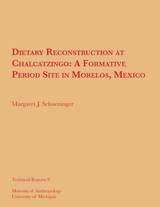
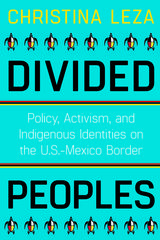
Divided Peoples addresses the impact border policies have on traditional lands and the peoples who live there—whether environmental degradation, border patrol harassment, or the disruption of traditional ceremonies. Anthropologist Christina Leza shows how such policies affect the traditional cultural survival of Indigenous peoples along the border. The author examines local interpretations and uses of international rights tools by Native activists, counterdiscourse on the U.S.-Mexico border, and challenges faced by Indigenous border activists when communicating their issues to a broader public.
Through ethnographic research with grassroots Indigenous activists in the region, the author reveals several layers of division—the division of Indigenous peoples by the physical U.S.-Mexico border, the divisions that exist between Indigenous perspectives and mainstream U.S. perspectives regarding the border, and the traditionalist/nontraditionalist split among Indigenous nations within the United States. Divided Peoples asks us to consider the possibilities for challenging settler colonialism both in sociopolitical movements and in scholarship about Indigenous peoples and lands.
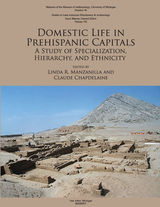
READERS
Browse our collection.
PUBLISHERS
See BiblioVault's publisher services.
STUDENT SERVICES
Files for college accessibility offices.
UChicago Accessibility Resources
home | accessibility | search | about | contact us
BiblioVault ® 2001 - 2024
The University of Chicago Press









